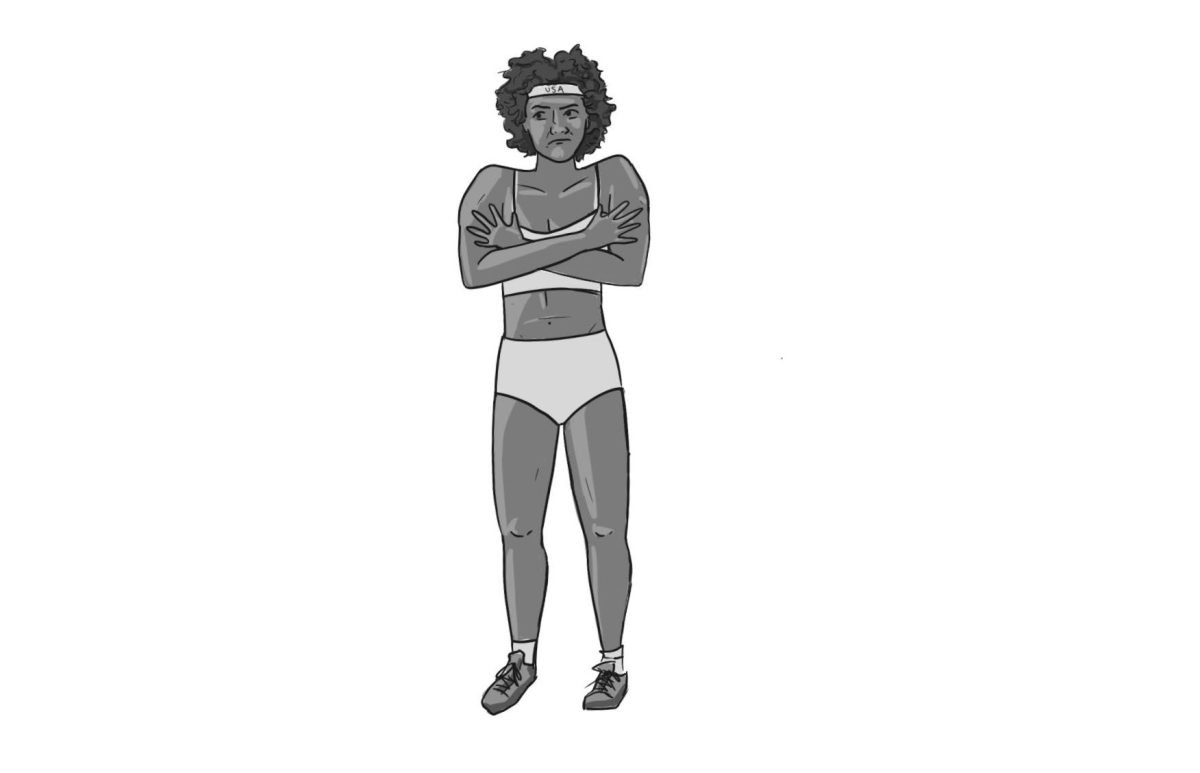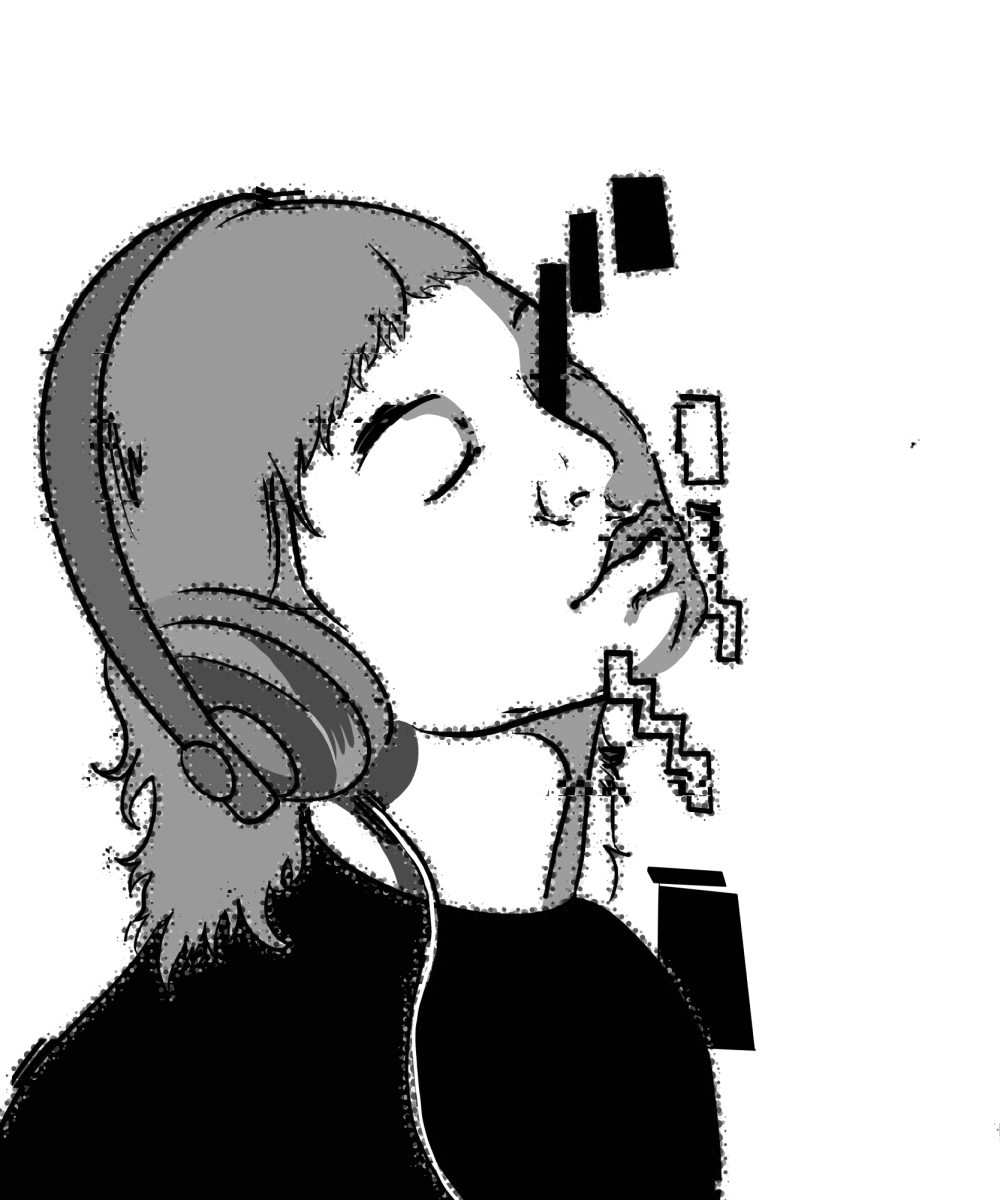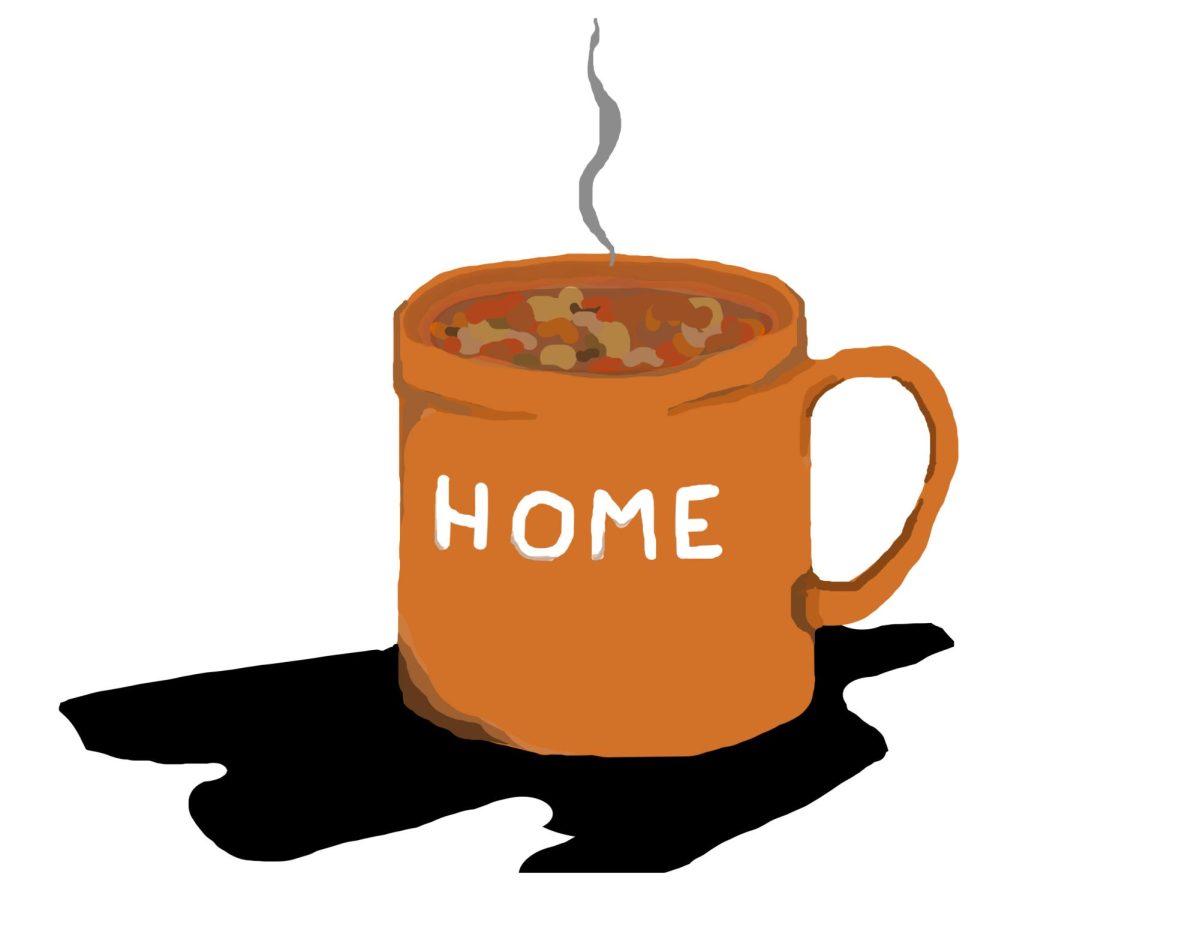This article was written by Lian Caspi ’13.
“Domestic violence in Jackson Hole? Is that even an issue?” This was the inevitable question I received while describing my summer work.
At an internship working with abuse victims in the wealthiest county in the nation, I expected an abused population disproportionally representative of the large Latino minority and the few women of low socioeconomic status. Where does abuse fit in stereotypical “average American families,” let alone in rich, gear-crazy, outdoorsy families?

I arrived at Community Safety Network in Jackson, Wyo. expecting to use my Spanish to work with the large Mexican population that resides in the valley. I thought the majority of my time would be spent helping with outreach and prevention work, simply for lack of abuse in this utopic summer vacation destination.
I met Jill* in my second week. A beautiful, middle-aged woman, Jill was a medical professional and mother of two tall and athletic adolescent daughters. She was socially aware and spoke intelligently. Jill described to me the intensive abuse that her husband inflicted upon her: his threats to burn her to death after what seemed like a preview, when he lit her hair on fire. She lived in constant fear of her husband’s rage and control. She was a white, middle class (until her husband took hold of the family’s finances), educated woman. She was “normal.”
At an Advocate Training a week later, we were completing introductions when it came to be Kelly’s* turn. She began to speak: “My name is Kelly. I am a fashion designer, and used to own a restaurant. I have two sons that have started their own families now. Although I left the relationship eight years ago, I am still a victim of the abuse that my ex-husband inflicted upon me for our 10 year marriage.” The words of this beautifully dressed and well-presented woman caused quite a bit of discomfort in the room. A well-off advocate, just like everyone else in the room, was a victim of abuse? Kelly prompted me to reconsider which populations are affected by abuse and the nature of domestic violence more broadly.
Stereotypes of abuse depict low-income women, beaten by drunk, construction-working husbands, or newly migrated Latina women abused by machismo boyfriends. Even my experience working on a suicide prevention hotline and studying abuse in the past didn’t fully eradicate this perception of abuse that most of us hold. This toxic misconception, that abuse is limited to one particular population, has permeated our society. Besides encouraging prejudiced categorization, this stereotype allows us to ignore the victims of abuse who most need help. Victims who do not fit our image of abuse feel even more alone and guilty, as they believe that nobody like them suffers from abuse. This misconception prevents the understanding that abuse and assault are pervasive. Both Jill and Kelly made me look beyond stereotypes and identify abuse wherever it exists. I finally understood that abuse can affect anybody: the woman sitting next to me on the bus, a co-worker at my waitressing job, or the woman purchasing a $300 coat from Nordstroms.
Why does this illusion persist? With nearly 2000 domestic violence programs (shelters and services) in the United States and over 30,000 advocates trained to speak about and prevent abuse, why does our society continue to be blinded by the stereotypical notion of the abused woman?
First, we often define abuse insufficiently. Abuse is not just physical violence. Abuse is intimidation, name calling, or creating isolation. Emotional abuse can be far worse than physical. I’ve heard many survivors say, “The bruises fade, but the emotional abuse creates an endless struggle.” Although it’s hard to imagine a wealthy and well-respected husband beating his wife, we may be able to better understand abuse within this population by looking at emotional factors. Recognizing emotional abuse as a major part of domestic violence allows us to understand abused populations more thoroughly.
Second, given the opportunity, we’re prone to distance ourselves from horrible situations. If we convince ourselves that these misfortunes only affect those who seem different from us, we allow ourselves to ignore the ways something such as domestic violence exists throughout all populations.
My work with domestic violence victims at the Community Safety Network has changed my perception of differences among people. Providing an unbiased attitude and equal opportunities for every person who has suffered from domestic violence is empowering, and gives the victim exactly what they have been lacking in their abusive relationship: control over their life. I’ve learned that victims need support, confidence, trust and advocacy.
We must be willing to identify and deal with abuse that occurs to people who look and speak just like we do, even if that means seeing it in a fellow Whitman student. Even at Whitman, abusive relationships exist, as do students who come from families where abuse is present. Abuse happens in every place, to every kind of person. In order to help those affected by abuse, we must be open to eradicating our stereotypes of the abused woman.
*Name has been changed for confidentiality.







